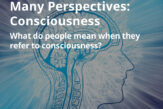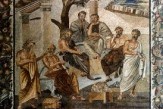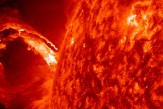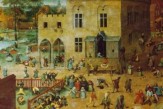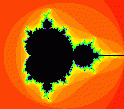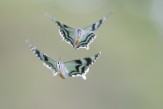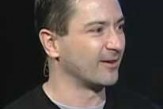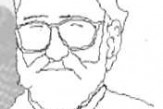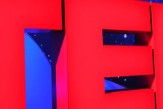Author Archive
Scicon Review
Making false memories
For many years researchers in cognitive neurscience has known that episodic memory does not work like a tape recorder or a computer hard drive. Recollection of events is not a simple replay from a fixed store. Rather, episodic ...
Scicon Review
Imitating minds
Social interaction is one of the most complex undertakings of the primate brain. It is the result of collaboration between different levels of the brain. Imitation is an important social function that – among other things...
Scicon Review
Self and Identity — New issue
A new issue of the journal Self and Identity is out, including papers on defense mechanisms and self-perception.
Scicon Review
Attention: inhibition or facilitation?
What are the mechanisms behind attention, our ability to focus on some aspects or stimuli, and ignore others? Is it due to an inhibition of all other inputs than the attended one or by facilitating the one input and not the oth...
Scicon Review
Detecting a touch
What happens in the brain when a stimulus is detected? How does the brain activity look when there is no such detection? This question has been addressed by study by de Lafuente et al. in a study of monkeys. Using somatosensory...
Scicon Review
NeuroImage special issue on social cognitive neuroscience
Many relevant articles were published in the December 2005 issue of NeuroImage, which is a special issue on social cognitive neuroscience.
Scicon Review
Social reasoning in schizophrenia
How do people suffering from schizophrenia think socially? In this study by Russell et al. patients were asked to verbally describe cartoons of different social complexity. The results demonstrate that patients suffering from s...
Scicon Review
Beauty in the brain of the beholder
A new study by Jacobsen et al. demonstrate brain areas involved in aesthetic judgements of beauty.
Scicon Review
Waiting for an aversive event
A study by Nitschke and colleagues now demonstrate the neural correlates to the expectation of an aversive event. Experiencing as well as anticipating an aversive event involves specific structures such as the amygdala, insula ...



